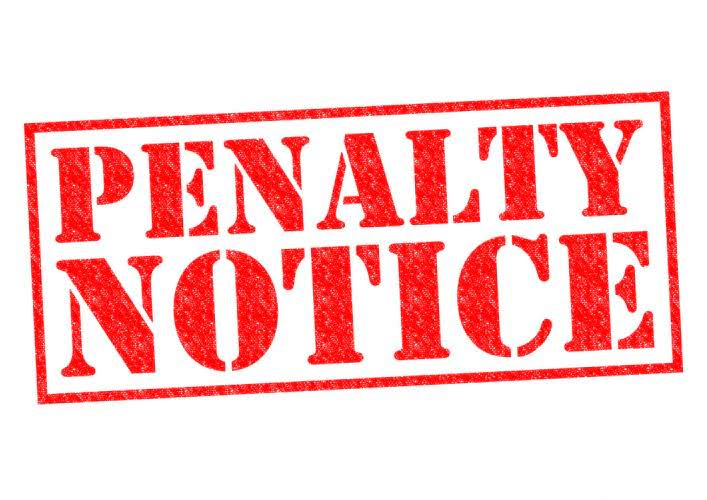
It may or may not be a legal obligation and arises from transactions and events that occurred in the past. It is usually payable to an external party (e.g. lenders, long-term loans). With a current ratio above 2, the company can comfortably meet its short-term obligations, demonstrating strong liquidity. If one of the conditions is not satisfied, a company does not report a contingent liability on the balance sheet. liabilities in accounting However, it should disclose this item in a footnote on the financial statements. According to the accounting equation, the total amount of the liabilities must be equal to the difference between the total amount of the assets and the total amount of the equity.
Non-Current (Long-Term) Liabilities: Examples and Significance
- Liabilities can take various forms, like loans, mortgages, or accounts payable, and play a significant role in determining a company’s financial health and risk.
- Our popular accounting course is designed for those with no accounting background or those seeking a refresher.
- High levels of debt can lead to increased interest expenses, impacting profitability and potentially leading to insolvency.
- On the other hand, liabilities are the promises or duties a substance owes to others.
- They rely on unpredictability, such as outstanding litigation, warranty claims, or possible tax penalties.
Another important ratio influenced by liabilities is the current ratio, which assesses a company’s ability to meet its short-term obligations with its short-term assets. This ratio is calculated by dividing current assets by current liabilities. A ratio above bookkeeping 1 indicates that the company has more current assets than current liabilities, suggesting good short-term financial health. However, a ratio below 1 could signal liquidity issues, raising concerns about the company’s ability to cover its immediate obligations. The importance of current liabilities lies in their ability to assess a company’s short-term liquidity. Ideally, investors want to see that a business can pay off its current obligations with cash or liquid assets.
Can you provide some common examples of liabilities companies may have?

In case of sudden requirements, a liability helps entities pay for operations and then return the finance as applicable to the lenders. Properly managing a company’s liabilities is vital for maintaining solvency and avoiding financial crises. Liabilities also have implications for a company’s cash flow statement, as they may directly influence cash inflows and outflows. For example, a mortgage payable impacts both the financing and investing sections of the cash flow statement. As the company makes payments on the mortgage, the principal portion of the payment reduces the mortgage payable, while the interest portion is accounted for as an interest expense.

How do I calculate my liability?

Understanding how liabilities affect key financial ratios like debt-to-equity ratio and current ratio provides valuable insight into a company’s ability to meet its financial obligations. These ratios help gym bookkeeping investors, creditors, and analysts evaluate a firm’s liquidity, solvency, and overall financial health. In accounting, liabilities represent obligations or debts due to various entities such as employees, suppliers, lenders, and government agencies. These financial obligations are recorded on the right side (or liability side) of a balance sheet. Liabilities can be contrasted with assets, which include resources owned by a business. A liability is a financial obligation or debt that requires repayment over time.
- Lawsuits and the threat of lawsuits are the most common contingent liabilities but unused gift cards, product warranties, and recalls also fit into this category.
- In accounting, a liability refers to an obligation or debt owed by a business or individual.
- A company may take on more debt to finance expenditures such as new equipment, facility expansions, or acquisitions.
- For example, ABC Corporation signs a five-year lease deal for office space with monthly payments of ₹5,000.
- Bench simplifies your small business accounting by combining intuitive software that automates the busywork with real, professional human support.
The unearned money is gradually recognised as revenue while the customer stays at the hotel. Shaun Conrad is a Certified Public Accountant and CPA exam expert with a passion for teaching. After almost a decade of experience in public accounting, he created MyAccountingCourse.com to help people learn accounting & finance, pass the CPA exam, and start their career.
- Liabilities are classified into three categories – current, non-current, and contingent.
- In that case, the company must recognise the accrued salaries as a liability in the December financial statements.
- Liabilities also impact the interest coverage ratio, which measures a company’s ability to pay interest on its outstanding debt.
- This line item is in constant flux as bonds are issued, mature, or called back by the issuer.
- In conclusion, liabilities play an integral role in the financial health of individuals and businesses.
- In accordance with GAAP, liabilities are typically measured at their fair value or amortized cost, depending on the specific financial instrument.
Debits and credits
Most types of liabilities are classified as current liabilities, including accounts payable, accrued liabilities, and wages payable. In the world of accounting, a liability refers to a company’s financial obligations or debts that arise during the course of business operations. These are obligations owed to other entities, which must be fulfilled in the future, usually by transferring assets or providing services. Liabilities play a crucial role in a company’s financial health, as they fund business operations and impact the company’s overall solvency. Non-current liabilities are financial obligations that companies carry on their balance sheets beyond the regular operating cycle or more than one year.
What Is a Liability?
Liabilities are an integral part of any business’s financial framework. From short-term obligations like accounts payable to long-term commitments like bonds, they enable companies to operate, grow, and achieve their goals. Understanding the types, characteristics, and examples of liabilities, businesses can manage them effectively and maintain financial health. Long-term liabilities consist of debts that have a due date greater than one year in the future.



Comment (0)